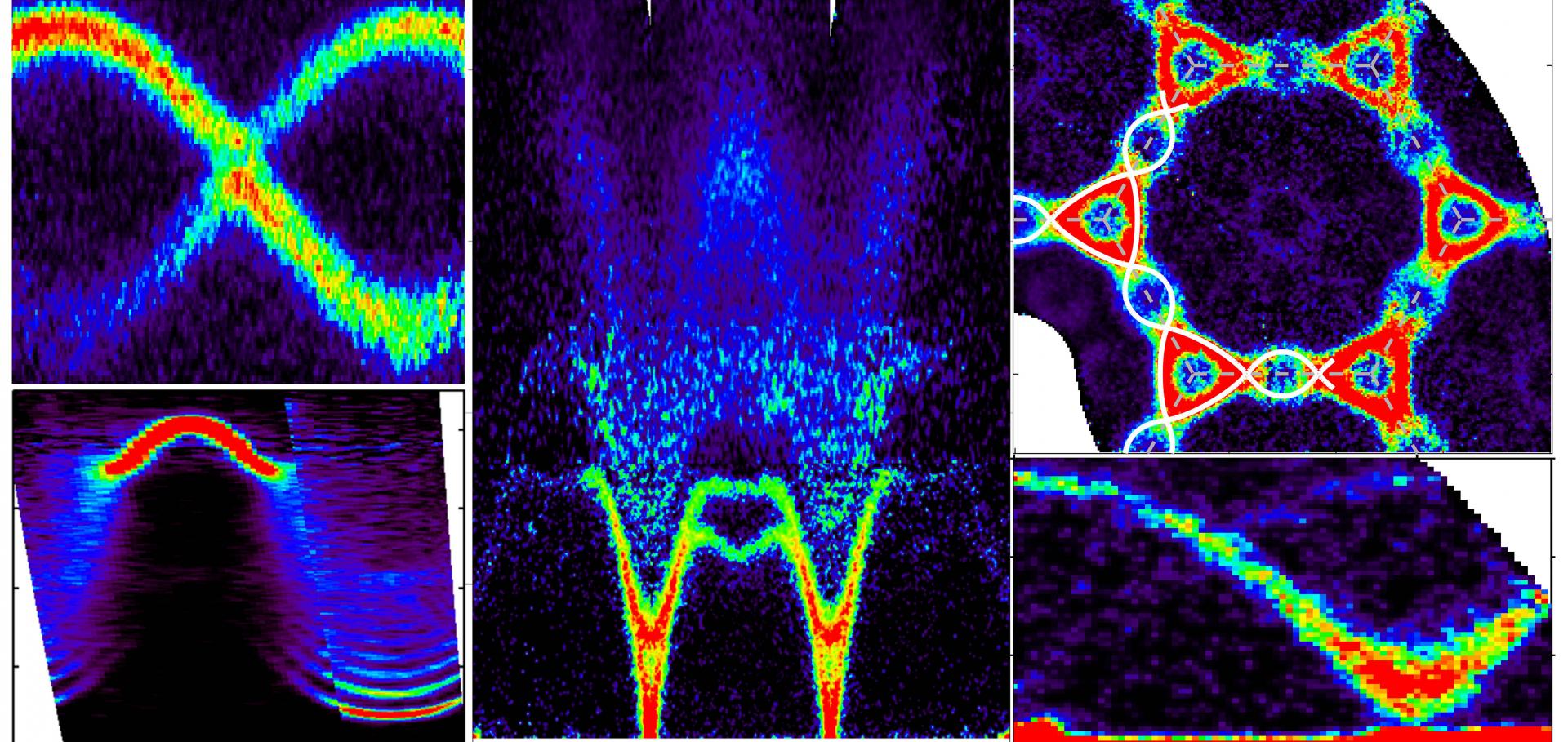"Quasi-particle breakdown" in the quasi-one-dimensional Ising ferromagnet CoNb$_2$O$_6$
(2014)
Cascade of field-induced magnetic transitions in a frustrated antiferromagnetic metal
(2014)
Cascade of field-induced magnetic transitions in a frustrated antiferromagnetic metal
Physical Review B American Physical Society (APS) 90:2 (2014) 020401
Excitations in the quantum paramagnetic phase of the quasi-one-dimensional Ising magnet CoNb2O6 in a transverse field: Geometric frustration and quantum renormalization effects
Physical Review B American Physical Society (APS) 90:1 (2014) 014418
Realization of a three-dimensional spin-anisotropic harmonic honeycomb iridate.
Nature communications 5 (2014) 4203-4203


